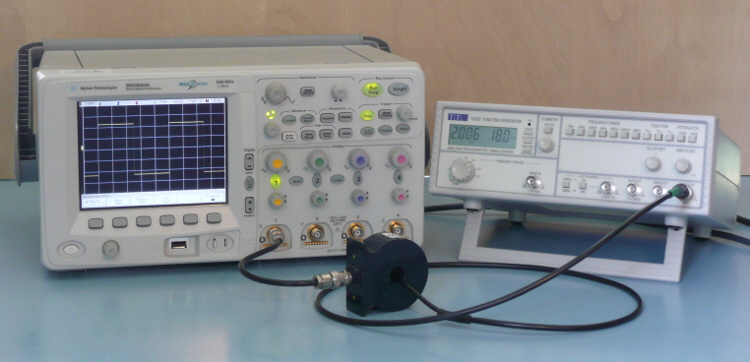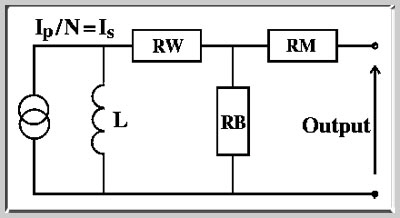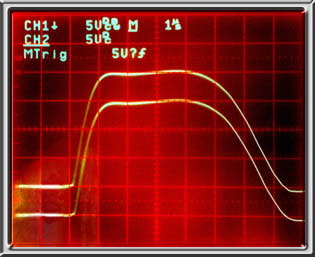|
|
|||||||
|
|
|
|
|
INTRODUCTION |
|||
 |
|||
|
Current measurement with electrical isolation The principal advantage of using current transformers to measure currents in electric circuits is that the measurement circuit can be electrically isolated from the circuit under test. This non-contact approach to current measurement greatly facilitates the simultaneous measurement of current and voltage in different branches of a common circuit. Isolation can be a particular benefit where high voltages are present. |
|
|
||||||||||||||||||||||||||||||||||||||||||
|
In its basic form the transformer consists of a toroidal core with a wound secondary which is shunted by a resistor of low inductance. In the terminated model, this resistor is supplied within the case of the transformer. In ring-type models the customer supplies the resistor RB. The primary is made when the conductor is placed through the aperture by the user. No direct connection exists between the primary and secondary electrical circuits. The simplified transformer equivalent circuit is helpful in understanding the operation of the instrument. |
|
|
|
Further technical information on the operation of broadband current transformers may be found in: B. Cordingley, 1998, "Wideband Terminated Current Transformers for Power Electronic Measurements", Power Electronics and Variable Speed Drives, IEE Conf. Pub. No.456, pp 433-436. |
|
Superior accuracy and hf response |
|
|
||||||||||||||||||||


